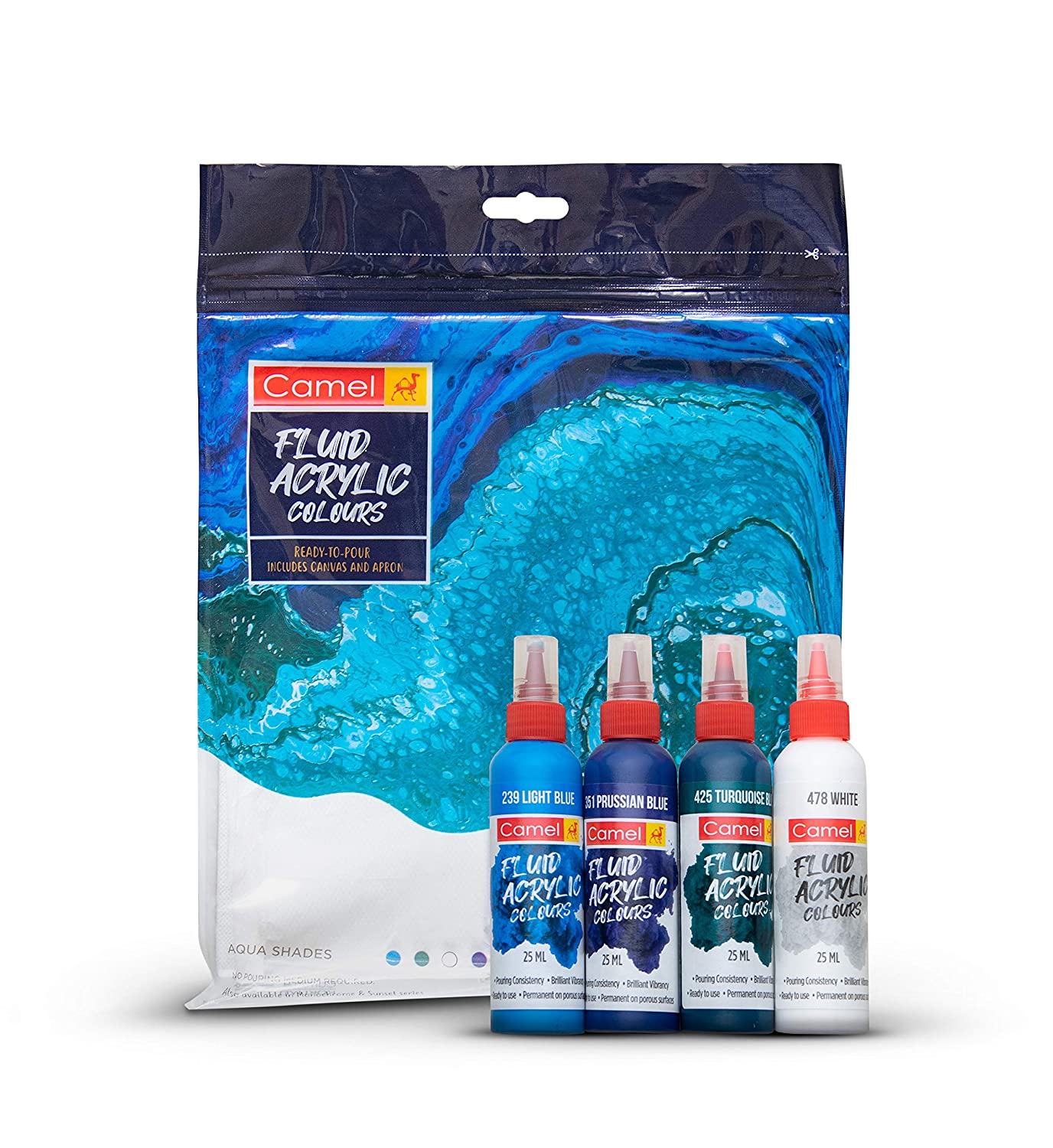If you are looking for a non-yellowing, UV resistant and non-toxic alternative to traditional paints, try fluidic colours .They’re also highly versatile, making them ideal for many techniques, including pouring, dropping, glazing and shading. In addition to being an excellent alternative to watercolours, Fluid colors can also be used in airbrushing techniques, particularly when diluted with Airbrush Thinner. The best part? They don’t fade and form a film with outstanding adhesion.
Fluid colors are non-yellowing
Golden Fluid Acrylics are highly pigmented and instantly brushable. They are also available in the full range of artist colors. Click the Product Description tab to learn about these colors. This paint is non-yellowing and contains no fillers or extenders. Fluid colors have excellent adhesion, and they can be used in airbrush techniques. If you prefer to work on paper, you can also use Fluid Colors as an alternative to watercolors.
Oil-based paints should be used in places where they will not yellow. This means that oil-based paints should not be used near materials that naturally change color, such as stained wood. Yellowing on these surfaces will be less noticeable with strategic positioning. If you want a white surface to stay white, use colorfast tile. This type of tile is intended to stay white. Ideally, you should avoid oil-based paints on wood or stained materials.
UV resistant
PTFE, also known as polyetherimide, is a type of UV resistant plastic. Its chemical resistance and tensile strength are far superior to those of a typical plastic. However, it has its drawbacks, and its use is limited to darker colours. Polyetherimide is also brittle, and does not blend well with fibres. Nonetheless, it is UV resistant and is commonly used in aerospace engines and automotive parts.
Plastics can be UV resistant by adding a UV absorber or stabilizer. Titanium dioxide and carbon black are examples of effective blocking pigments. Alternatively, organic compounds that absorb UV rays and re-emit them at less harmful wavelengths can be added to plastics. These antioxidants can be added to certain plastics for increased UV protection, but must not act as a UV absorbent or accelerate the degradation process.
Non-toxic
Artist’s paint pigments are typically non-toxic. This is due to the fact that they don’t come into contact with the human body on a regular basis, and they are therefore unlikely to be absorbed through the skin. By contrast, cosmetic and food pigments are applied to the skin and are typically consumed by humans. While manufacturers cannot anticipate all possible uses of their products, they can usually label the products as non-toxic if used in accordance with their intended use. Therefore, before choosing any paint, it is important to identify the intended purpose of use.
Paints labelled as non-toxic are non-poisonous when used as directed. The main components of acrylic paint are pigments, polymers and binding agents. As an added bonus, the paint is water-based. Oil-based paints have solvents that are dangerous due to their vapors. People with respiratory problems may find this a problem. To be truly safe, you should use only non-toxic paint.
Non-yellowing
A major benefit of Fluid colors is that they are extremely versatile. They are suitable for pouring, dropping, glazing, shading, and staining techniques. Fluid colors are an excellent alternative to watercolors and can also be used in airbrushing techniques, when diluted with Airbrush Thinner. This is due to the fact that they do not yellow and form an excellent adhesion film. In addition, they are compatible with our other mediums and textures.
Oil-based paints, especially those that are stored in dark environments, will tend to yellow significantly. This process, however, is fully reversible by light. Sands has written about the issue, but he has never compared recovery rates between simple pigment/oil mixtures and fully formulated paint. He kept his swatches in dark storage for six years. Until now, this hasn’t really been possible due to the complexity of oil-based paints.
